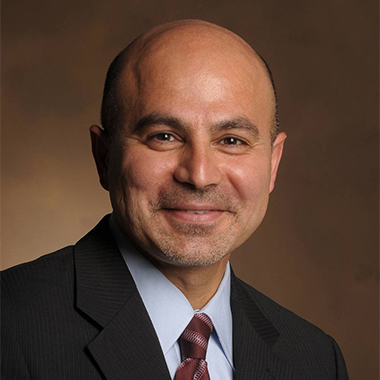Obesity rates are high in the South, and being overweight is a leading cause of GERD.
Most people have heartburn or acid indigestion occasionally. But if you have heartburn more than twice a week, it might be gastroesophageal reflux disease, or GERD.
GERD is a common disorder, affecting about 20 to 30 percent of the U.S. population. GERD occurs when the acid in your stomach comes back up into your esophagus. This reflux of acid can irritate the lining of the esophagus, causing it to become inflamed. If left untreated, reflux can damage the esophagus, causing:
- Erosive esophagitis.
- Narrowing, or stricture of the esophagus.
- Ulcers in the esophagus.
- Barrett’s esophagus – precancerous changes to the esophageal lining.
What are the symptoms of GERD?
Acid indigestion, or heartburn, is only one symptom of GERD. Others include:
- Belching.
- Regurgitation of food or liquids.
- Sour taste in your mouth.
- Difficulty or pain when swallowing.
- Chronic sore throat or cough.
- Worsening asthma.
What causes GERD?
Reflux often results from a weak or dysfunctional lower esophageal sphincter – a circular band of muscle around the bottom part of your esophagus. When you swallow, this muscle relaxes to allow food and liquid to flow down into your stomach – then closes again. If the sphincter relaxes abnormally, stomach acid can flow back up into your esophagus, causing gastroesophageal reflux. Hiatal hernia, a condition in which part of the stomach pushes up through the diaphragm muscle, is another culprit.
There are several lifestyle factors that can affect GERD:
- Obesity: Excess weight puts pressure on the abdomen, causing acid to back up from the stomach into the esophagus.
- Pregnancy.
- Eating big meals, especially in the evening.
- Lying down after a meal (wait at least 3 hours).
- Certain medications, such as antidepressants.
- Smoking.
- Diet: Consuming fatty or spicy foods, tomato products, coffee, chocolate, alcohol, peppermint.
“Being overweight is a leading cause of GERD,” said Michael Vaezi, M.D., Ph.D., professor of Medicine and director of the Vanderbilt Swallowing and Esophageal Disorders Center. “In the South, where we see more overweight and obese patients, the incidence of GERD is high. And with childhood obesity growing, we’re even seeing children with symptoms of GERD.”
Do I have GERD?
If you think you have GERD, your primary care physician will probably have you try lifestyle changes first to improve your symptoms. If your symptoms don’t improve by losing weight, changing your diet or quitting smoking, your doctor may try medications, which include:
- Antacids: Reduce acid production (Rolaids and Mylanta).
- H2 blockers: Reduce acid production (Pepsid AC, Zantac).
- Proton pump inhibitors (PPIs): Block acid production and allow time for damaged esophageal tissue to heal (Prilosec, Prevacid).
- Prescription-strength H2 blockers and PPIs, plus prokinetics and antibiotics, both which help your stomach empty faster.
If reflux symptoms don’t improve with lifestyle changes or medications, your provider may refer you to a specialist, called a gastroenterologist.
How is GERD diagnosed?
There are several tests a gastroenterologist may perform to diagnose the condition:
- Upper GI Series (esophagram): This imaging test can detect if there is a narrowing in the esophagus or if a hiatal hernia is present.
- Upper GI endoscopy: For this test, you are sedated and the doctor feeds an endoscope down your esophagus and into your stomach.
- Esophageal motility testing (manometry): Measures movement and pressure in the esophagus. A catheter is placed through your nose and into your esophagus.
If testing reveals irritation or damage to the esophagus, the gastroenterologist may try endoscopic or laparoscopic surgical procedures to secure or tighten your sphincter muscle.
A new treatment for GERD
Vanderbilt Swallowing and Esophageal Disorders Center, a highly specialized center for treating esophageal problems, is currently participating in a multi-site clinical trial to test a new treatment for GERD. An neurostimulator is implanted under the skin that sends intermittent electrical pulses to tighten the lower esophageal sphincter. Called the Lower Esophageal Sphincter Stimulation for GERD (LESS GERD) trial, about 25 subjects are participating at Vanderbilt.
Vaezi has already implanted the neurostimulator device, called the Endostim, in a patient participating in the trial: “If this study is successful, the Endostim will go to the FDA for approval and hopefully, become available to the general public.”



